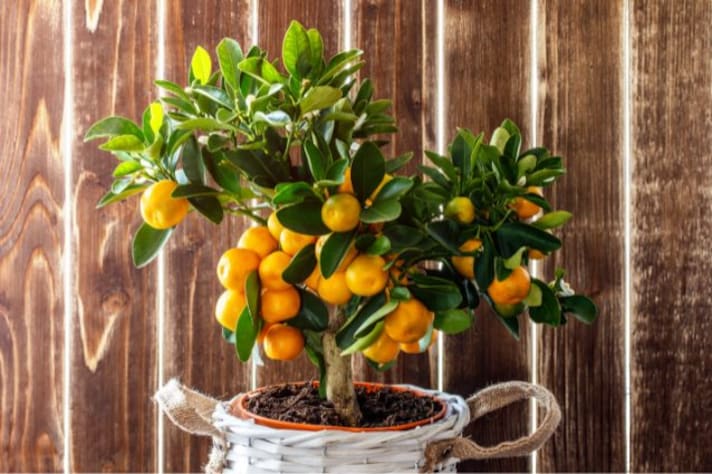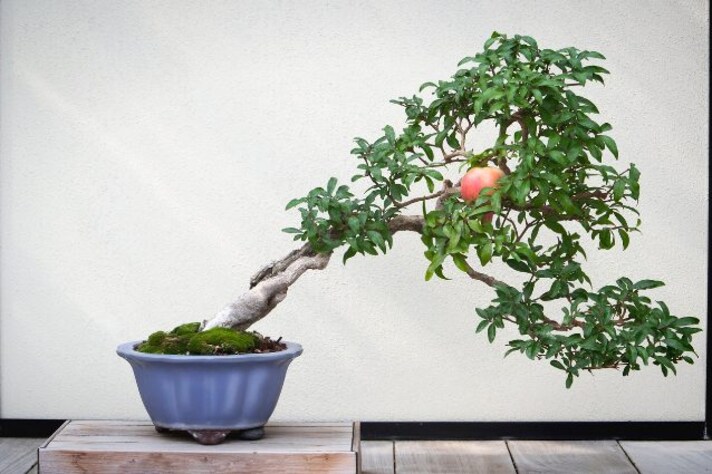How to Create Your Own Indoor Orchard: the Easy Method to Follow To Have Your Own Miniature Fruit Trees!
Learn how to grow your own indoor orchard with just a few well-chosen fruit trees. Read ahead to find out which trees are best suited for an indoors orchard and how to properly care for them!

Have you ever dreamt of plucking fresh, juicy fruit right from your own indoor orchard? Imagine the aroma of citrus blossoms wafting through your home, or the sight of plump figs ripening just a few steps from your kitchen. Growing fruit trees indoors might sound like a fantasy, but with the right approach, it’s a very achievable reality. Let’s dive into how you can cultivate your own indoor fruit paradise.
How to Create Your Indoor Fruit Orchard
First things first: what exactly qualifies as an orchard? While the image of sprawling fields filled with rows upon rows of fruit trees comes to mind, an orchard can be as compact as a few well-placed pots in your living room. Technically, an orchard is defined as a collection of fruit-bearing trees, so even if you have just three or four, you’re already in the orchard business!
Setting up your indoor orchard involves more than just buying a few pots and trees. It’s about creating an environment where your trees can thrive. This means considering light, humidity, temperature, and space. South-facing windows are ideal for most fruit trees as they need plenty of sunlight. If natural light is limited, grow lights can be a fantastic alternative. Humidity can be maintained with a simple humidifier or by placing your pots on trays filled with pebbles and water.

How to Choose the Best Indoor Fruit Trees
Choosing the right trees is crucial to the success of your indoor orchard. Not all fruit trees are suited for indoor growing, but many dwarf varieties are perfect for the job. Citrus trees, like lemons, limes, and oranges, are popular choices due to their manageable size and the delightful scent of their blossoms. Fig trees are another excellent option—they're relatively low-maintenance and produce delicious, sweet fruit.
For a more exotic touch, consider growing a pomegranate tree or even a dwarf banana plant. These trees not only provide tasty fruit but also add a touch of the tropics to your home décor. Remember, choosing the right variety is key. Dwarf and container-friendly varieties are your best bet for indoor growing.
Year-Round Care for Your Indoor Trees
Once your trees are settled in their new indoor home, keeping them healthy year-round is the next challenge. Consistency is key when it comes to watering; too much water can lead to root rot, while too little can stress the tree. A good rule of thumb is to let the top inch of soil dry out between waterings.

Fertilizing your trees is also important, especially during the growing season. A balanced, slow-release fertilizer can provide the nutrients your trees need without overwhelming them. Pruning is another essential practice. Regular pruning helps maintain the tree’s shape and size, and encourages new growth.
How to Keep Pests at Bay
Even indoors, your fruit trees can attract pests. Aphids, spider mites, and scale insects are common culprits. Regularly inspecting your trees and using natural remedies like neem oil can keep these pests in check. And remember, a little soap and water can go a long way in keeping your trees pest-free.
;Resize,width=767;)
;Resize,width=712;)
;Resize,width=712;)
;Resize,width=712;)
